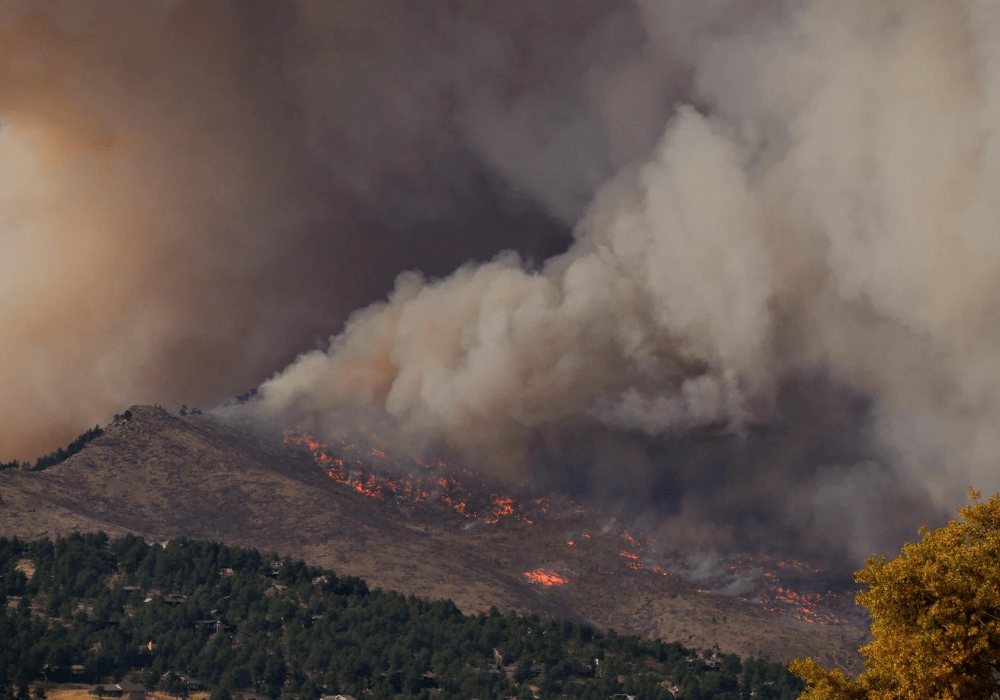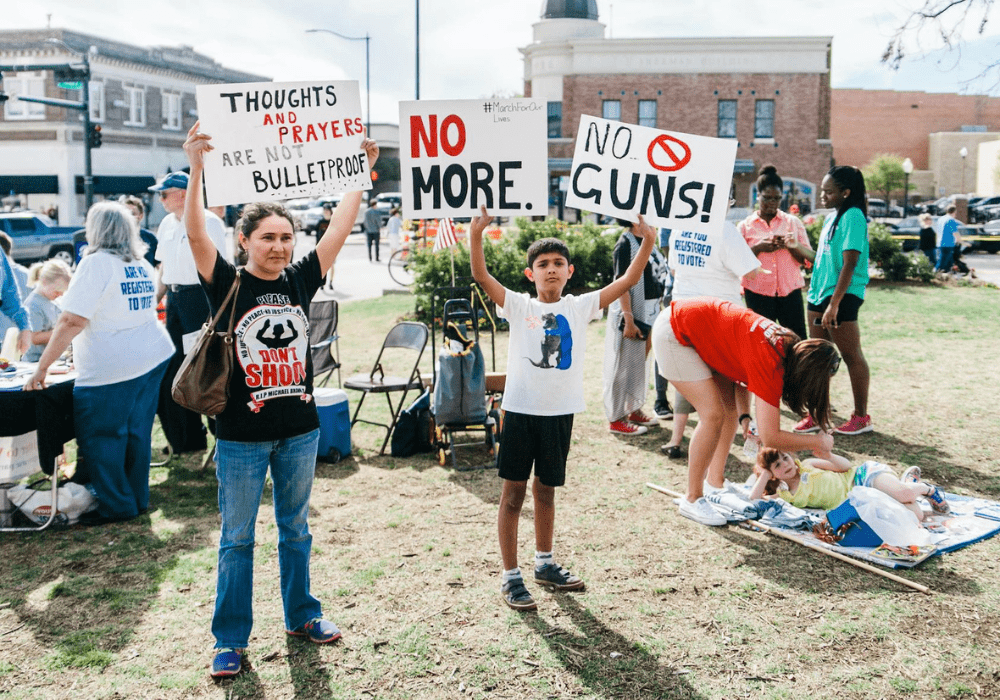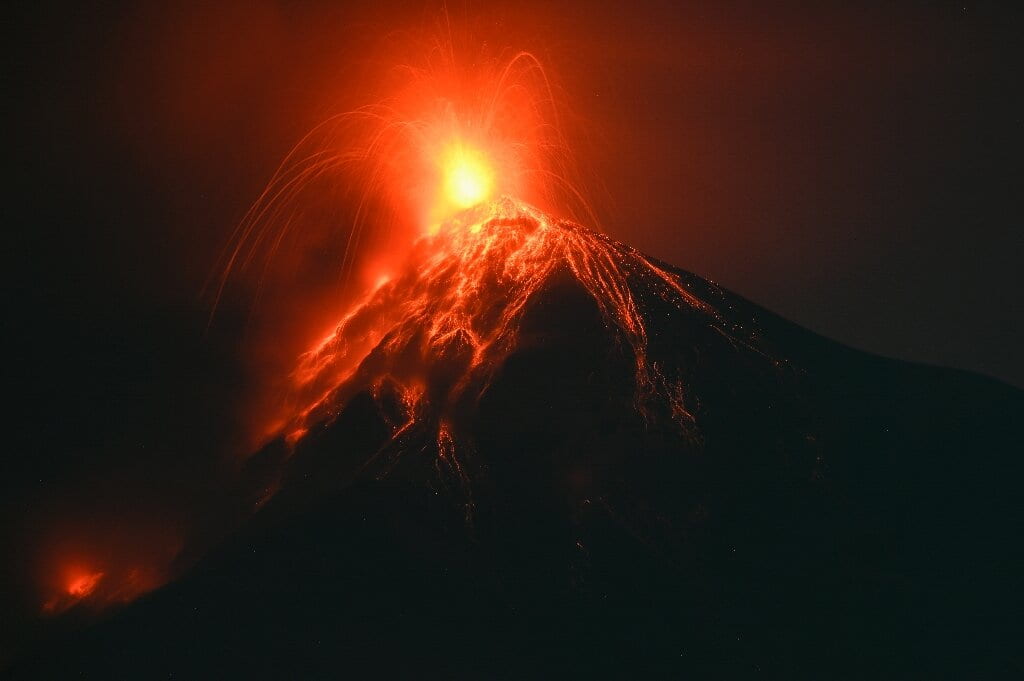
Due to California’s topography, climate, and vegetation the state provides a “world class” fire environment. By acreage, the largest seven fires in California history have all occurred in the past five years, five of which burned through the state between August and September 2020. To address wildfire response by The Los Angeles County Department of Public Health (LADPH), the group developed a comprehensive Wildfire Outbreak Emergency Operations Plan.
Continue reading “Joanna Horvath, Victoria Sevilla, Hyacinth Burrowes, and Gangao Chen’s Wildfire Outbreak Emergency Operations Plan”





